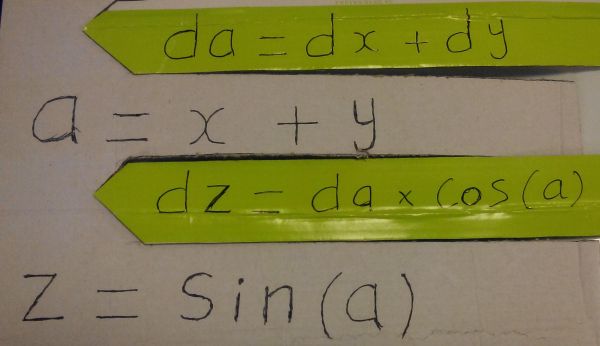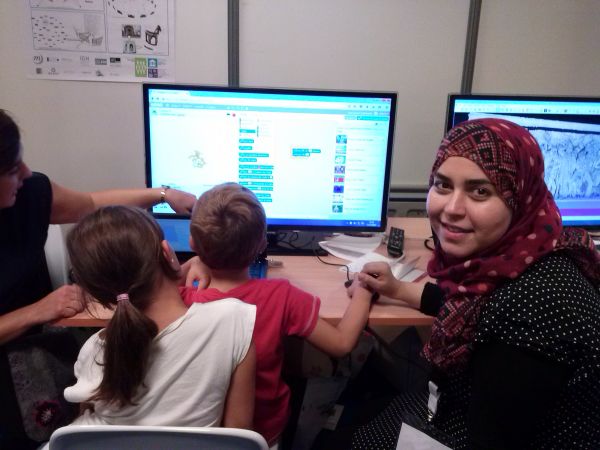Research Fellows
Ala Taftaf
Early Stage Researcher at INRIA

I was born in Abu Dhabi at Arabic United Emirates.
I spent most of my childhood in Zarzis , a small coastal town in southeast Tunisia, just south of the Island of Djerba.
After high school, I moved to to the capital of Tunisia to study Computer Science Engineering at the National School of Engineers of Tunis (ENIT).
In parallel with my last year of Engineering I was enrolled in the first year of the master in “Information Processing and image analysis\".
I succeeded after that my internship, which was in Inria at Sophia Antipolis in France and I obtained by the end of the second year a double diploma, one from the University of Paris Descartes and the other from the National School of Engineers of Tunis.
My passion about mathematics and physics in addition to my computer science skills have pushed me to apply immediately to the 7th thesis offer of the About Flow Project.
My research addresses two of the most frustrating limitations of AD at the moment: the first one is the need to better take into account the high-level structure of the source, more specifically the presence of fixed-point solvers and the second is the need to adapt to popular programming paradigms, more specifically MPI-parallel architectures.
About Project Flow is a great opportunity for me not only to improve my communication skills, but also to discover other cultures, other ways of thinking and to share experiences With other ESRs. It will also help me to improve my spoken english during conferences and workshops while traveling across Europe.
I was always surrounded by a professional team knowing that my work is crucial for the project and this was always very inspiring for me. The work to be done will surely have a huge impact on my future career and life.
Objectives:
• develop advanced support for efficient fixed-point source-transformation
in Tapenade
• develop MPI parallel message support in Tapenade
Contribute to Work Packages








